Table of Contents
Introduction to Cinnamon and Cassia
Cinnamon and cassia are often mistaken for each other, but they are distinct spices with critical differences in flavor, health implications, and usage. Cassia contains high levels of coumarin, which can pose health risks with regular consumption, while true cinnamon (Ceylon) has very low coumarin. Understanding these differences is essential for safe and effective cooking.
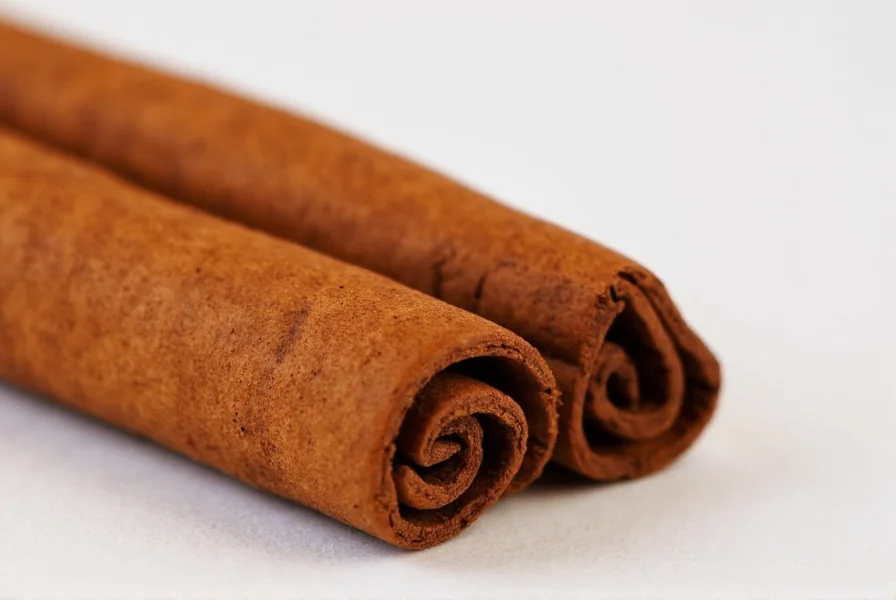
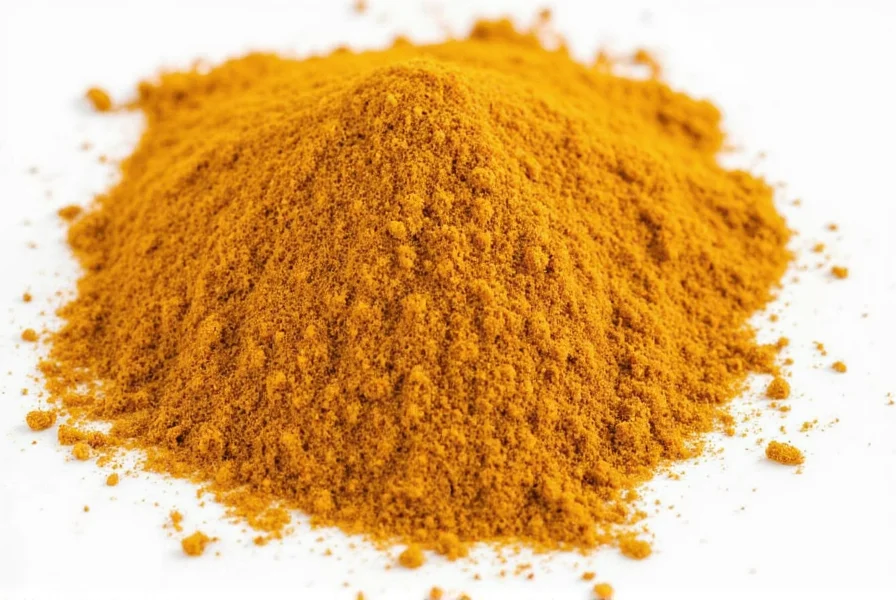
Both spices are widely used in cooking, but their chemical composition and origins create significant differences in safety and culinary applications. Let's explore the key distinctions that matter most for your health and recipes.
Key Differences Between Cinnamon and Cassia
At first glance, cinnamon and cassia might seem similar, but their origins, chemical composition, and safety profiles differ significantly. Here's a detailed comparison:
| Feature | Cinnamon (Ceylon) | Cassia (Chinese Cinnamon) |
|---|---|---|
| Origin | Sri Lanka | Indonesia, China, Vietnam |
| Flavor | Milder, sweeter, more delicate | Bolder, spicier, slightly bitter |
| Aroma | Delicate, floral | Stronger, more pungent |
| Appearance | Thin, brittle sticks with multiple tight layers | Thick, hard sticks with single-layered bark |
| Coumarin Content | Very low (0.004-0.02%) | High (0.3-1.2%) |
| Uses | Baking, beverages, desserts (safe for daily use) | Stews, meat dishes, Indian cuisine (limit to occasional use) |
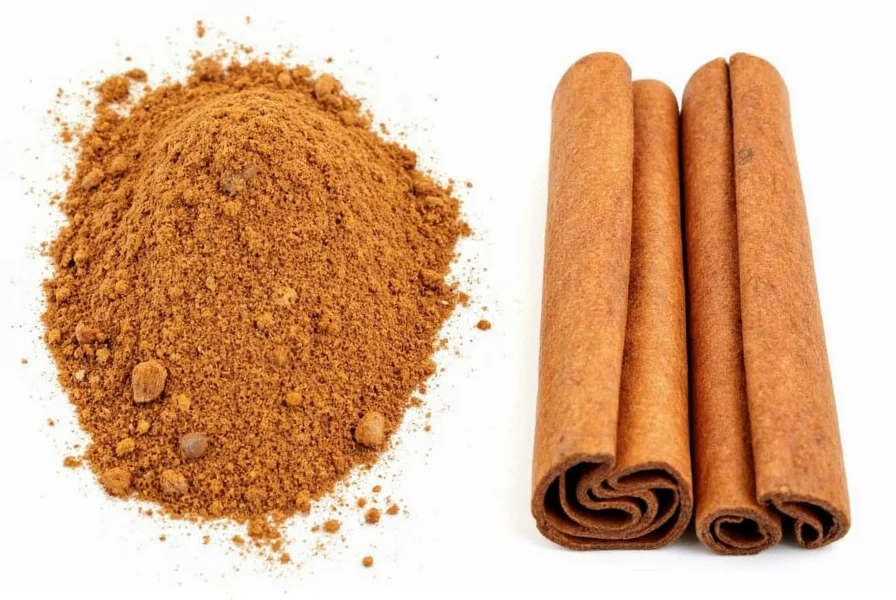
The coumarin content is the most critical difference for health considerations. European Food Safety Authority (EFSA) recommends a maximum daily intake of 0.1 mg coumarin per kg body weight. Cassia's high coumarin levels make it unsafe for regular consumption in large amounts.
Practical Tips for Using Both Spices
Here's how to safely incorporate both spices into your cooking:
- Use Cinnamon for Daily Consumption: Ceylon cinnamon is safe for regular use in baking, coffee, and oatmeal. Its mild flavor works perfectly for sweet dishes without health concerns.
- Limit Cassia to Occasional Use: Use cassia sparingly in savory dishes like curries or stews. Avoid daily consumption, especially if you have liver conditions.
- Grind Fresh for Best Flavor: Whole cinnamon sticks retain potency longer than pre-ground versions. Grind as needed for maximum aroma and flavor.
- Check Labels Carefully: Look for "Ceylon cinnamon" or "true cinnamon" on packaging. Cassia is often labeled simply as "cinnamon" in US grocery stores.
- Store Properly: Keep spices in airtight containers away from heat and light. Proper storage preserves flavor and prevents moisture damage.
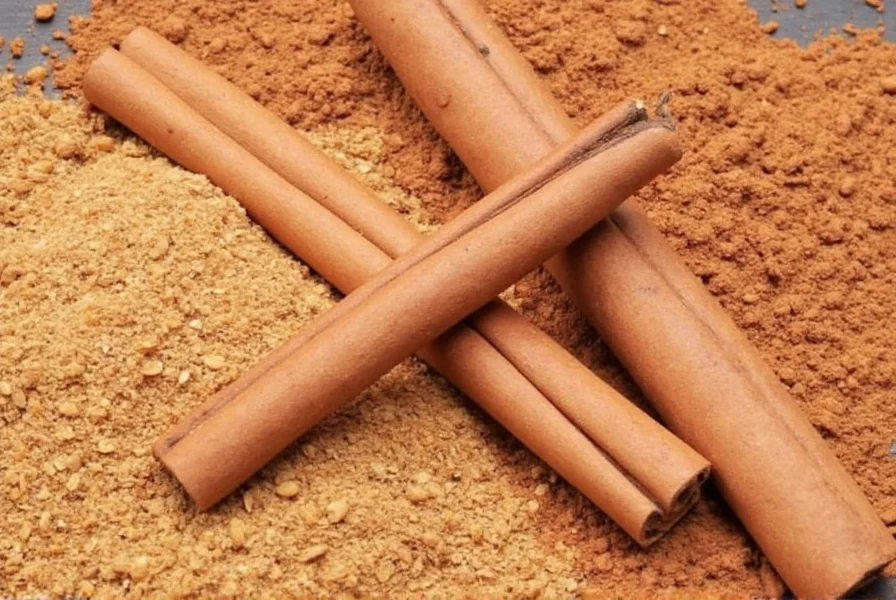
When using cassia, remember to limit quantities. For example, in a curry recipe calling for 1 teaspoon of "cinnamon," use only 1/2 teaspoon of cassia to avoid excessive coumarin intake.
Buying Guide: How to Choose the Right One
Knowing how to identify true cinnamon versus cassia prevents accidental health risks:
Choosing Cinnamon (Ceylon)
True cinnamon is the safer option for regular consumption:
- Look for "Ceylon" Label: Always check for "Ceylon cinnamon" or "true cinnamon" on packaging.
- Check Appearance: Ceylon sticks are thin (1-2mm), brittle, and form multiple tight layers like a cigar. They have a light tan color.
- Smell Test: True cinnamon has a delicate, sweet, floral aroma without overpowering spiciness.
- Price Point: Ceylon cinnamon costs 2-3x more than cassia due to lower yields and specialized harvesting.
Best For: Daily baking, breakfast foods, and desserts where safety and mild flavor are priorities.
Choosing Cassia
Cassia is acceptable for occasional use in savory dishes:
- Check for "Chinese Cinnamon" or "Cassia": Avoid products labeled simply as "cinnamon" without clarification.
- Visual Identification: Cassia sticks are thick (3-5mm), hard, and have a single-layered, rough texture. They're darker reddish-brown.
- Strong Aroma: Cassia has a sharp, spicy scent that's immediately noticeable.
- Price Point: Cassia is significantly cheaper than Ceylon cinnamon due to higher production volumes.
Best For: Occasional use in savory dishes like curries, braised meats, and spice blends where bold flavor is desired.
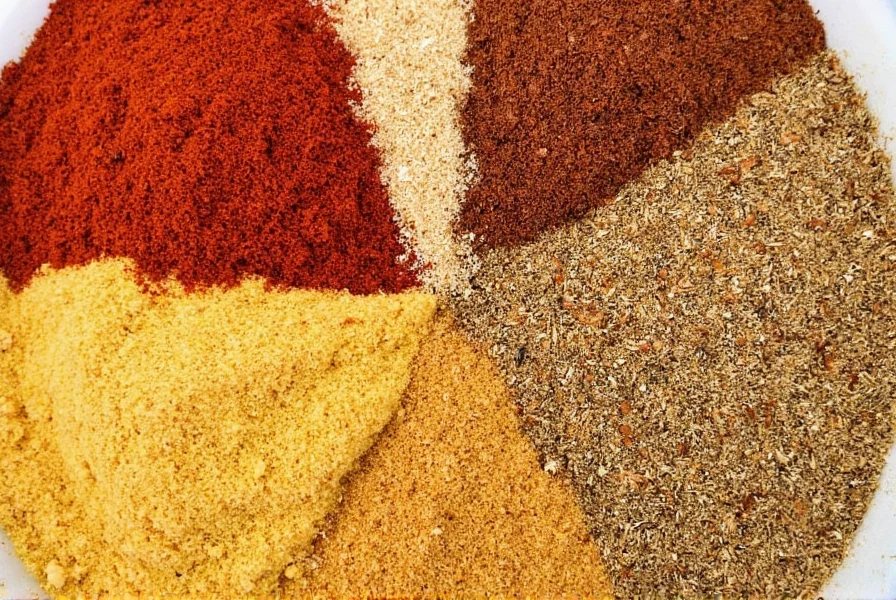
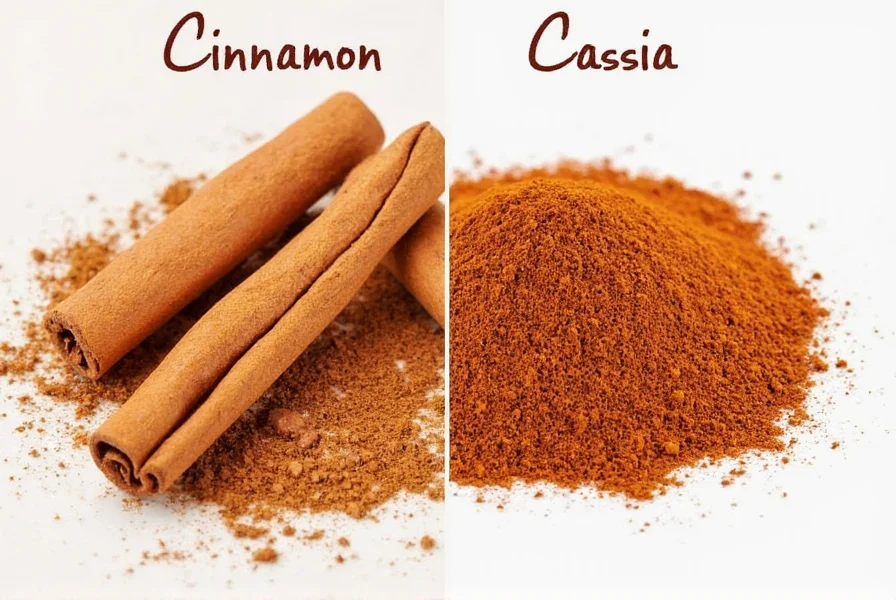
When in doubt, choose Ceylon cinnamon for any recipe where you'll consume it regularly. For special savory dishes, cassia can be used sparingly.
Frequently Asked Questions
What's the main difference between cinnamon and cassia?
The primary differences lie in their origin, chemical composition, and health implications. True cinnamon (Ceylon) comes from Sri Lanka and contains very low coumarin levels (0.004-0.02%), making it safe for daily consumption. Cassia (Chinese cinnamon) originates from China and Indonesia and contains high coumarin levels (0.3-1.2%), which can cause liver damage with regular use. Visually, Ceylon cinnamon sticks are thin, brittle, and layered, while cassia sticks are thick, hard, and single-layered.
Can I substitute cinnamon for cassia (or vice versa) in recipes?
You can substitute, but with important caveats. For sweet dishes requiring daily consumption (like cinnamon rolls or oatmeal), always use Ceylon cinnamon. For savory dishes, you can substitute cassia for Ceylon, but reduce quantity by 30-50% since cassia is stronger. Never use cassia in recipes where you'll consume it daily or in large quantities due to coumarin risks.
Which one is healthier - cinnamon or cassia?
Ceylon cinnamon is significantly healthier for regular consumption. Its extremely low coumarin content (up to 400x less than cassia) makes it safe for daily use. Cassia's high coumarin levels can cause liver damage over time. The European Food Safety Authority (EFSA) recommends a maximum daily coumarin intake of 0.1 mg per kg body weight - one teaspoon of cassia exceeds this limit for many people.
Is cassia dangerous to consume?
Cassia is safe in occasional culinary amounts (e.g., 1/2 teaspoon in a curry), but dangerous for regular consumption. Coumarin is hepatotoxic (liver-damaging) and accumulates in the body. People with liver conditions should avoid cassia completely. For daily use, always choose Ceylon cinnamon. The EFSA states that regular cassia consumption exceeds safe coumarin limits for most adults.
How can I tell if what I'm buying is true cinnamon or cassia?
Check three key indicators: 1) Label - "Ceylon" or "true cinnamon" indicates safe Ceylon; "Chinese cinnamon" or "cassia" indicates high-coumarin variety. 2) Appearance - Ceylon sticks are thin (1-2mm), brittle, and layered; cassia sticks are thick (3-5mm), hard, and single-layered. 3) Price - Ceylon costs 2-3x more than cassia. In US grocery stores, "cinnamon" usually means cassia unless specified otherwise.
Why is there so much confusion between cinnamon and cassia?
The confusion stems from historical labeling practices. In the US, cassia has been sold as "cinnamon" since the 19th century because it's cheaper and has stronger flavor. True cinnamon (Ceylon) was less available and more expensive. The FDA doesn't require specific labeling, so most commercial "cinnamon" is actually cassia. Awareness is growing as health concerns about coumarin become better known.
Conclusion
Cinnamon and cassia are fundamentally different spices with critical health implications. Ceylon cinnamon (true cinnamon) is safe for daily use in baking and desserts due to its negligible coumarin content, while cassia should be limited to occasional savory dishes because of its potentially harmful coumarin levels. Always check labels for "Ceylon" or "true cinnamon" when purchasing for regular consumption.
When in doubt, choose Ceylon cinnamon for any recipe where you'll consume it regularly. For special savory dishes, cassia can be used sparingly, but never as a daily spice. Understanding these differences ensures both culinary excellence and long-term health safety.
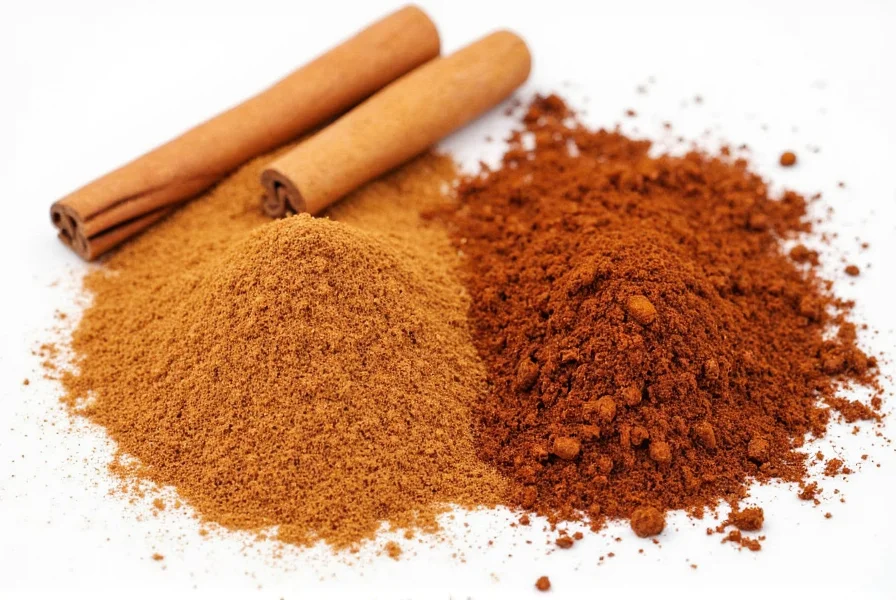
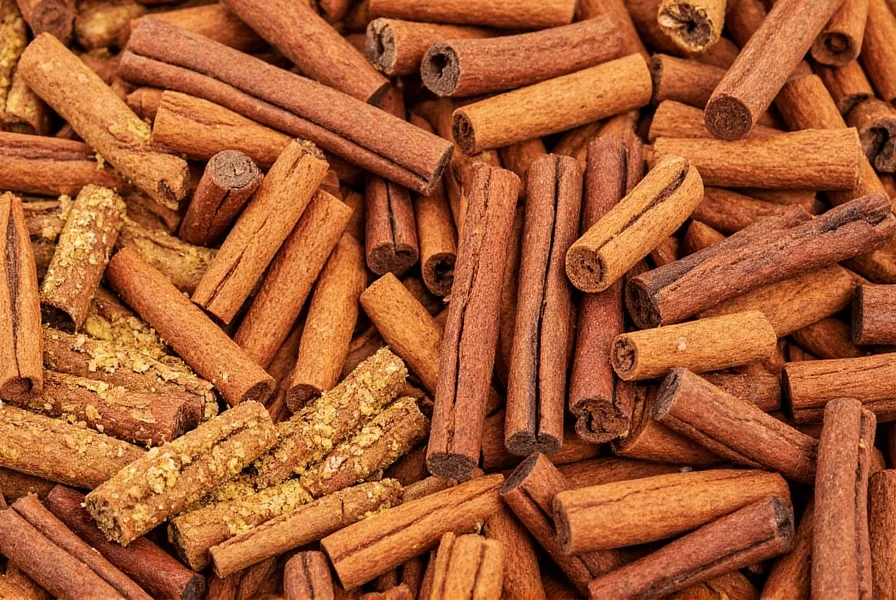
Now you know exactly how to choose the right spice for your needs - protecting your health while enhancing your cooking.

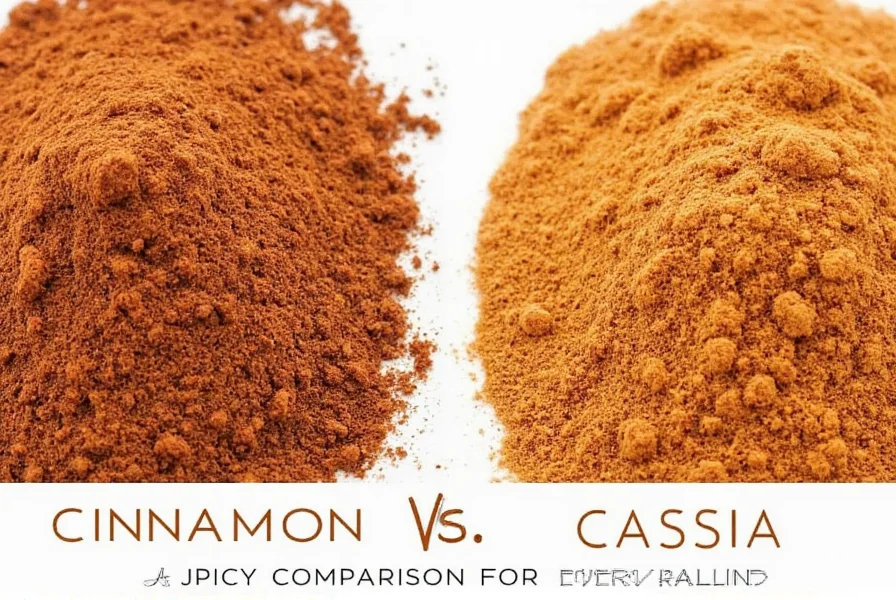









 浙公网安备
33010002000092号
浙公网安备
33010002000092号 浙B2-20120091-4
浙B2-20120091-4